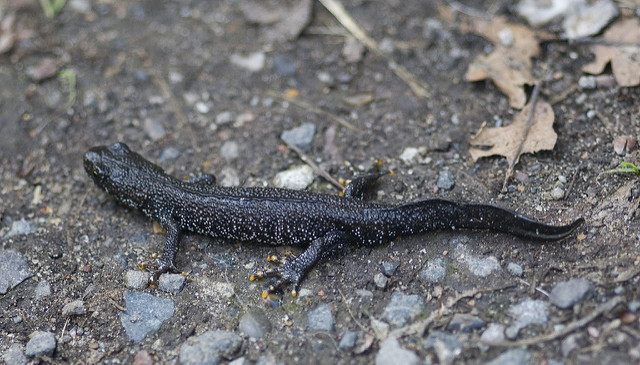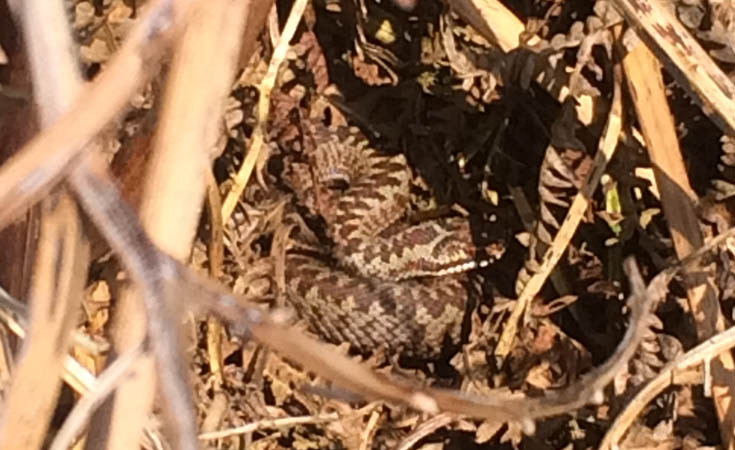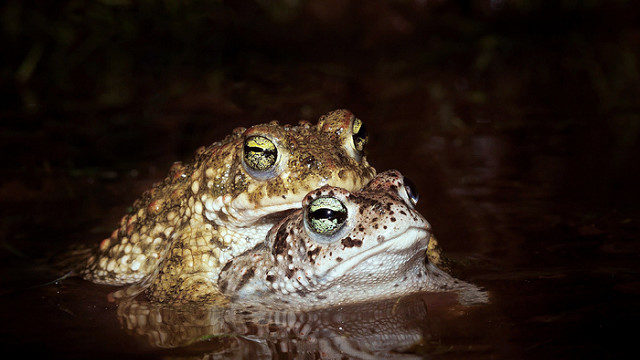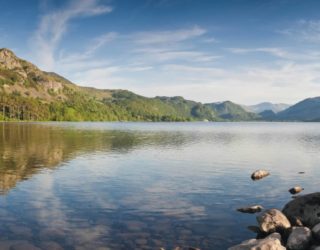We want to share our love of herpetofauna and help site developers around the country develop a romance for these species and their protection.
As we draw nearer to spring and the survey season, some of our animal species start to stir and are literally at sixes and sevens…especially when it comes to the ‘L’ word.
Over the winter months, seven species of amphibian and six species of reptile that are native here in the UK, enter a type of hibernation. These include frogs, toads, newts, lizards and snakes.
However, in the approaching weeks, it will be time for them to raise their metabolism, find food, and then venture out to their favoured breeding sites. For anyone visiting coastal areas, the distinctive mating call of the natterjack toad, which is so loud it can be heard over a mile away, is a dead give away the season is in full swing!
Why consider the presence of reptiles and amphibians?
All this is good and well and may fill you with amorous joy, but what does it mean for many of our clients like project managers with site works and project deadlines to fulfil? Well, during these winter months, it’s difficult to search for the presence of these species but come March – as they begin to congregate in certain areas – it becomes much easier. These areas include any suitable pond on sites or near to sites for amphibians; and anywhere with grassland or wooded areas, and their borders in between, for reptiles.
Due to their ecological importance and declining abundance and range, reptiles and some amphibians, are protected in the UK. The Wildlife and Countryside Act 1981 makes it an offence to intentionally kill or injure any of our native snakes and lizards. Sand lizards and smooth snakes receive additional protection, making it an offence to damage or obstruct access to places they use for shelter or protection, or to disturb them whilst in such a place.

Under the same laws, great crested newts (GCN) and natterjack toads along with their habitats, receive the same strict protection – at all stages of their life-cycle.
Any development that could potentially affect these species or impact on their habitat is required by law to submit survey reports and appropriate mitigation methods as part of the planning process.
In one instance, while working on a new road proposal, Thomson undertook surveys of 400 waterbodies, 350 of which were found to be suitable for GCN. The massive scale and complexity of carrying out this work – liaising directly with Natural Resources Wales and numerous landowners and directing a large team of surveyors – led Thomson’s Project Manager and our in-house GIS team to create a bespoke database, especially for the project.
How do you know if your site needs a survey?
Surveys are recommended when distribution and historical records suggest these species may be present or when habitat exists on or near the development site which has potential to support these species.
Amphibians can travel several hundred meters away from ponds, so surveys should be undertaken if a water-body is located within 500m of the development.
Environmental DNA (eDNA) surveys for great crested newts, where samples of water are analysed in the laboratory for DNA, is a pioneering and time-efficient way to determine the presence or absence of GCN from a pond. More traditional techniques – including bottle trapping, torching (torchlight searching), netting, pitfall trapping, and egg searches are also used for this reason and can be utilised to determine population size, if GCN are found to be present following eDNA testing
Reptile surveys consist of visual checks for reptiles with inspections under naturally occurring and artificial refugia. Corrugated tins and roofing-felt mats are typically used as artificial refugia, absorbing heat faster than the surrounding area and encouraging reptiles to bask on, or beneath. Seven observation visits are undertaken, starting when reptile activity levels start to increase in March.

As site operatives should be aware, timing is crucial when it comes to ecological surveys. This stir in activity due to begin in a few short weeks represents the beginning of the 2019 survey season for herpetofauna which runs until June (amphibians) and October (reptiles).
Our top tips:
- Plan to undertake your ecological surveys as early in the season as possible
- Understand any impacts of your project to these species
- Work with our team of reptile and amphibian specialists to ensure legal compliance throughout
How we can help you
Thomson Environmental Consultants have a team of experienced ecologists capable of undertaking a range of amphibian and reptile surveys. We understand that each project requires a customised approach to ensure the most time and cost-effective way of acquiring results and meeting the needs of our clients. Get in touch today to discuss reptile and amphibian surveys.











